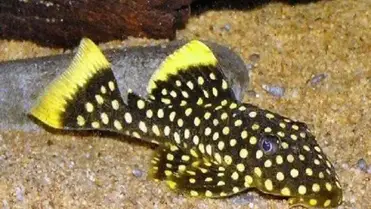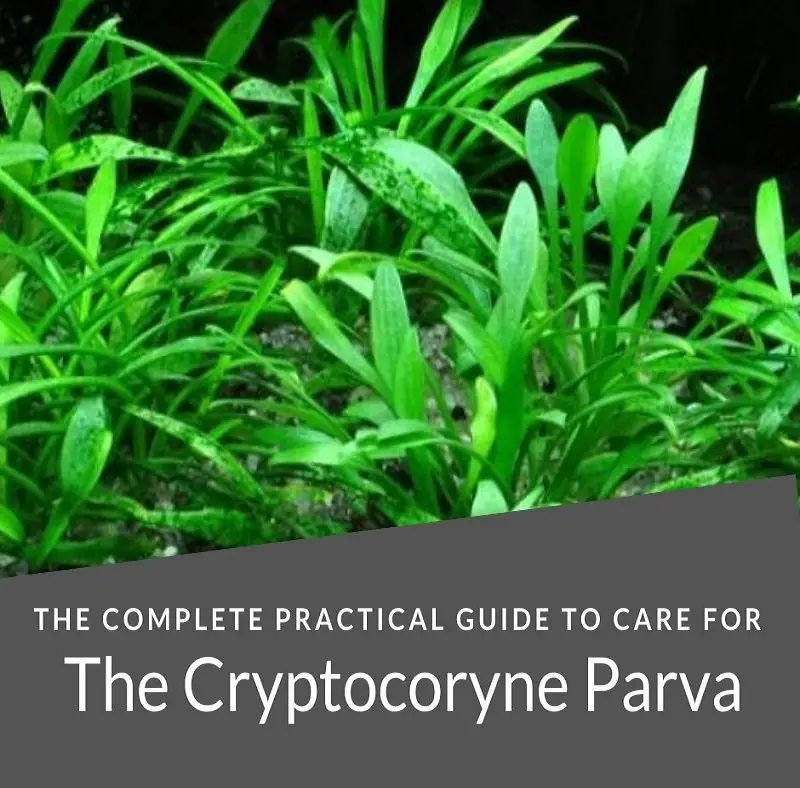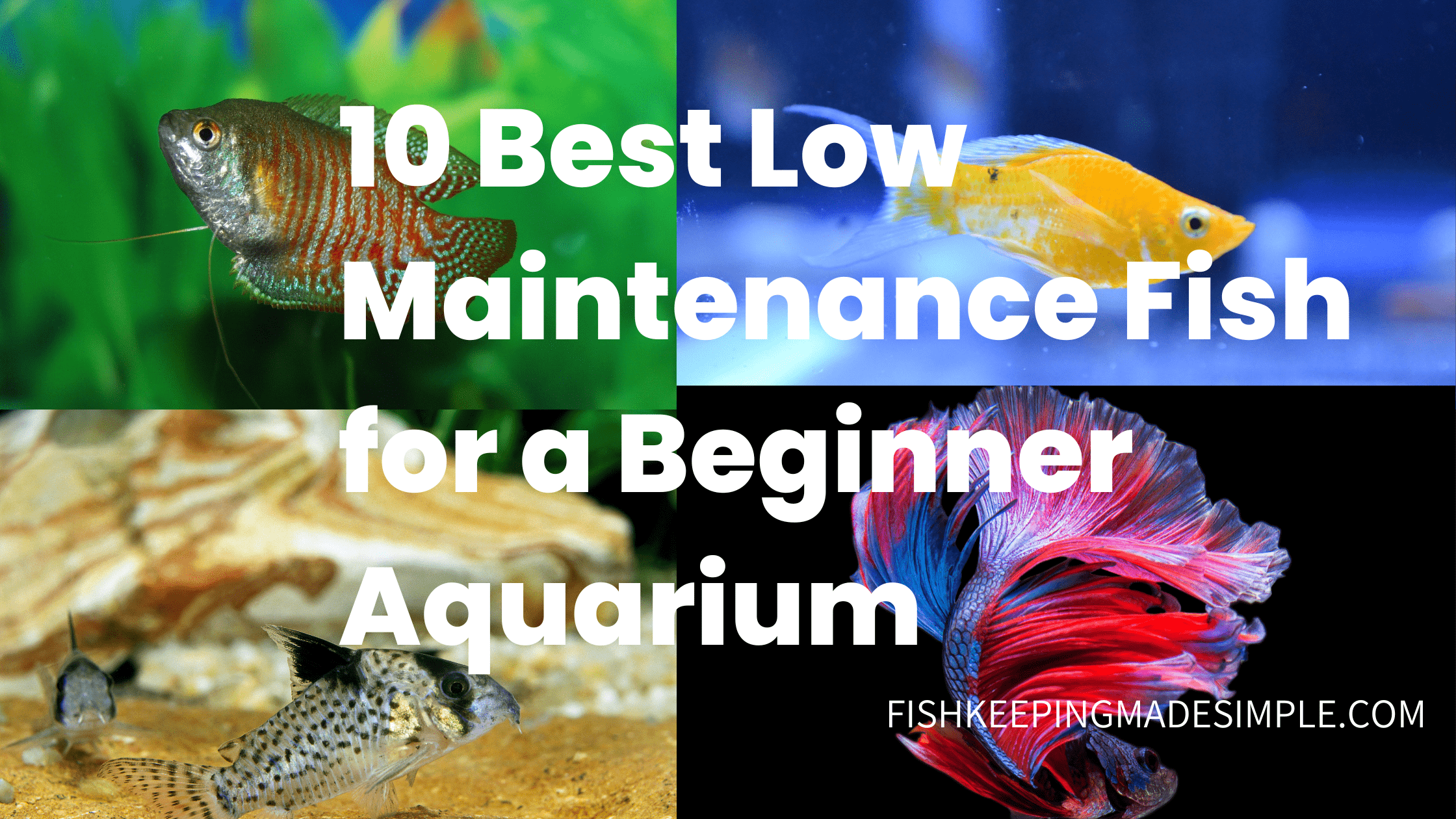Have you ever heard of the blue zebra fish, or zebra danio? It’s a top choice for fish lovers around the world. Its striking blue and gold stripes make it stand out. But there’s more to this fish than its looks. In this piece, we’ll explore how to care for it, its behavior, and how to breed it. Let’s uncover the interesting facts that make the blue zebra fish so appealing.
Table of Contents
Key Takeaways:
- The blue zebra fish, also known as the zebra danio, is a stunning freshwater fish species with vibrant blue and gold stripes.
- They are highly sought after by aquarium enthusiasts due to their unique fish patterns and captivating beauty.
- Blue zebra fish are known for their active and social behavior, making them a great addition to any community tank.
- They are omnivorous and can be fed a combination of live foods, flakes, and pellets to ensure a balanced diet.
- Breeding blue zebra fish can be a rewarding experience, and they are relatively easy to breed in a separate breeding tank.
The Origins of the Zebra Pattern in Zebrafish
At the Max Planck Institute for Developmental Biology, researchers have uncovered the secret behind zebrafish’s unique stripes. These fish have blue and golden stripes, which have puzzled scientists for years. Now, we know more about the pigment cells and how they form this pattern.
The zebrafish, or zebrafish (Danio rerio), is key in developmental biology. Its patterns help us understand animal colors and their evolution. The work at the Max Planck Institute has revealed how these patterns develop.
Scientists found that zebrafish stripes come from certain pigment cells working together. These cells, called chromatophores, make the fish’s stunning blue and golden stripes. The team saw how these cells move and arrange in young fish, creating the zebra pattern as they grow.
This discovery about zebrafish opens new doors in biology and beyond. It helps us learn how color patterns evolved in animals. By studying zebrafish, researchers can explore the vast world of animal patterns.
The Behavior and Habits of Blue Zebra Fish
Blue zebra fish are known for their unique behavior and habits. They need a good understanding of their social dynamics and feeding habits. This helps us provide them with a thriving aquarium environment.
Social Behavior: Shoaling and Playfulness
Blue zebra fish love being with others. They show shoaling behavior, meaning they swim and live in groups. They feel safer and more comfortable around their peers. It is best to keep them in groups of five or six to keep them happy.
These fish are also very playful. They love darting around and chasing each other in the tank. This not only entertains us but also keeps them fit and mentally sharp.
Feeding Habits: Foraging Throughout the Day
Blue zebra fish are always looking for food. They eat both live and dry foods. It’s important to give them different kinds of food to make sure they stay healthy.
You can give them live treats like brine shrimp or daphnia to copy their natural eating habits. High-quality flake foods and pellets are also good for them. Adding vegetables like spirulina flakes or blanched veggies is great for their health.
Overfeeding can make them sick, so feed them little bits several times a day. This way, they get all the nutrition they need without wasting food.
| Feeding Tips for Blue Zebra Fish |
|---|
| Offer a variety of food types, including live foods, flakes, and pellets. |
| Include vegetable matter in their diet to ensure a balanced nutrition. |
| Feed small amounts several times a day to prevent overeating. |
| Ensure water quality by removing uneaten food promptly. |
| Monitor their body condition to adjust feeding quantity accordingly. |
By understanding blue zebra fish behavior and habits, we can make their home better. Giving them the right friends and varied food helps them flourish. This way, these amazing fish can thrive in our tanks.
The Diet of Blue Zebra Fish
Blue zebra fish eat both plants and animals to stay healthy and colorful. They need a mix of foods to be happy.
Live Foods
These fish love to eat things that are alive, like brine shrimp or daphnia. These snacks are packed with protein and other good stuff.
Flake Foods and Pellets
But, they also eat flake food or pellets. Make sure these foods are for tropical fish or zebra danios. They help the fish get all the nutrients they need.
Vegetable Matter
Don’t forget about veggies! Add some vegetable flakes or pellets to their diet. Sometimes, you can give them blanched spinach or lettuce as a treat.
Feeding Schedule
It’s best to feed them little bits many times a day. This stops them from eating too much at once. Too much food can harm their health and the water they live in.
| Food Type | Frequency | Portion Size |
|---|---|---|
| Live Foods (brine shrimp, daphnia) | Once a day | As much as they can consume in 2-3 minutes |
| Flake Foods or Pellets | Twice a day | A small pinch per feeding |
| Vegetable Matter | Once every few days | A tiny amount as a treat |
Give blue zebra fish a mix of live foods, flakes, or pellets, and veggies. This keeps them healthy and full of energy.
Breeding Blue Zebra Fish
Breeding blue zebra fish is both fascinating and rewarding. These fish are fairly easy to breed. Watching their breeding behavior is captivating. To breed them successfully, you need a separate tank. This tank should have water conditions like their natural habitat. This helps with spawning and taking care of the eggs.
Setting up the Breeding Tank
To have a successful breeding tank for blue zebra fish, consider some important factors:
- Breeding Tank Size: Your tank should be big enough. This gives the fish space to swim and breed properly.
- Water Conditions: Keep the water conditions ideal. This includes temperature, pH levels, and hardness, just like their natural home.
- Lighting: Use soft lighting. Blue zebra fish do best in low light.
- Hiding Spots: Provide places to hide, like plants and caves. This makes the fish feel safe.
- Filtration: A good filter is necessary. It keeps the water clean and removes waste.
The Spawning Process
Spawning involves certain behaviors between the male and female fish. Here’s how it goes:
- Males Chasing and Nudging: The male chases and nudges the female to show his interest.
- Release of Eggs: The female releases her eggs carefully after courtship.
- Fertilization: The male then fertilizes these eggs with his milt, which contains sperm.
Blue zebra fish scatter their eggs and do not look after them post-fertilization. So, removing eggs immediately is crucial for their safe growth.
Egg Care and Incubation
After fertilization, move the eggs to a separate tank. This is what you need to keep in mind for egg care:
- Clean Environment: The incubation tank must be clean. This prevents disease.
- Optimal Water Quality: Keep water conditions stable. This ensures the eggs develop properly.
- Protective Measures: Use mild aeration to protect the eggs. Avoid strong currents.
- Regular Monitoring: Watch the eggs closely. Look out for fungus or any problems.
With proper care, blue zebra fish eggs hatch in 24 to 48 hours. Then, it’s vital to feed the fry appropriately and provide a good environment for them to grow.
Keeping Blue Zebra Fish in an Aquarium
When you think of having blue zebra fish, getting the environment right is key. These lively fish are a favorite among tank lovers. Here’s what you need to know:
Aquarium Setup
Setting up the right tank is your first move. Make sure the aquarium is big enough for their swimming. They thrive with more room, which helps them stay healthy.
Water Parameters
Keeping the water right is vital for these fish. Check the water’s heat, cleanliness, and pH often. Aim for a water temperature of 72-78 degrees Fahrenheit. The pH should be a bit acidic or neutral.
Tank Mates
Blue zebra fish get along with friendly fish. But do your homework on which fish can live with them. Stay away from big, mean fish that might scare or harm them.
Tank Decorations
Decor in the tank is not just for looks. It makes for a fun and safe place for these fish. Use rocks, plants, and hiding places to make them feel at home.
To give blue zebra fish a great home, follow these steps. Keep the tank big, the water just right, pick the right friends for them, and decorate well. This makes for a happy tank life.
Caring for Blue Zebra Fish

It is vital to care for blue zebra fish to keep them healthy in your aquarium. This means doing regular upkeep, stopping diseases, and watching their health. These actions keep these vibrant fish in top shape.
Regular Aquarium Maintenance
Maintaining your blue zebra fish’s health requires constant aquarium care. You’ll need to change the water often to keep it clean. Also, clean the tank by removing waste, algae, and leftover food. Don’t forget to check and look after the filter to ensure it’s working right.
Proper Filtration System
A good filtration system keeps the aquarium healthy for blue zebra fish. It takes out waste, pollutants, and bad bacteria. This keeps the water clean. Make sure your filtration system fits your aquarium’s size and follow the setup and care instructions.
Disease Prevention
Stopping diseases is key for blue zebra fish health. Watch for signs of sickness like odd behavior or loss of appetite. Quarantine new fish to stop diseases from spreading. Look out for issues like fungal, bacterial, and parasitic infections.
Nutritious Diet
Blue zebra fish need a nutritious diet to stay healthy. Offer them a mix of quality flakes, pellets, and fresh or frozen foods such as brine shrimp. A good diet gives them the nutrients they need. Feed them small amounts a few times a day. Make sure they eat all their food quickly and remove leftovers.
The Popularity and Appeal of Blue Zebra Fish
Blue zebra fish are very popular among those who love aquariums. They are known for their striking blue and gold stripes. These fish bring beauty to any collection of tropical fish.
What makes blue zebra fish stand out are their unique breeds and colorful patterns. Their stripes are not just attractive; they catch everyone’s eye. This makes a tank look lively and interesting.
But there’s more to these fish than just how they look. Blue zebra fish are playful and always on the move. This behavior makes watching them fun and keeps the tank full of life.
Blue zebra fish are a great choice whether you’re new to aquariums or have lots of experience. They’re beautiful and add fun to any tank. They are loved by many for their beauty and energy.
| Key Features of Blue Zebra Fish | Why They’re Popular |
|---|---|
| Vibrant striped patterns | Creates a visually stunning display |
| Unique fish breeds | Valuable addition to tropical fish collections |
| Colorful zebra pattern | Adds elegance and beauty to aquariums |
| Playful nature and active behavior | Provides entertainment and a lively atmosphere |
Conclusion
Blue zebra fish are really interesting animals that many people and scientists love. They have bright colors and special patterns. This makes any home aquarium look better. They are fun to watch because of how they play and move together. They eat many different things and are not hard to breed.
For those who study animals, blue zebra fish are very useful. They are a lot like humans in their genes and bodies. This makes them great for studying how bodies grow, how minds work, and more. Their help in science is very important.
If you enjoy aquariums or science, blue zebra fish are great to learn about and enjoy. Taking care of them and discovering their secrets is rewarding. They will keep amazing us for many years.
FAQ
What are the key features of the blue zebra fish?
The blue zebra fish, or zebra danio, has striking blue and gold stripes. Its patterns are quite unique. These fish are also known for being playful.
How do pigment cells develop the zebra pattern in zebrafish?
The Max Planck Institute for Developmental Biology uncovered how zebrafish get their stripes. They found out where the pigment cells come from and how they create the pattern.
What is the behavior of blue zebra fish like?
Blue zebra fish love to be in groups. They show shoaling behavior. You’ll see them playing, darting, and chasing one another in tanks.
What is the diet of blue zebra fish?
Blue zebra fish eat both plants and animals. Feed them live foods like brine shrimp and also flake foods and pellets. A good diet has both protein and veggies.
How can I breed blue zebra fish?
Set up a breeding tank with the right water for blue zebra fish. Breeding involves the male chasing the female. Then, she lays her eggs and he fertilizes them.
What should I consider when keeping blue zebra fish in an aquarium?
Make sure they have a big enough tank and the water is right. Find out which fish they get along with. Also, add things in the tank for them to explore.
How do I care for blue zebra fish?
Keep their tank clean with regular water changes and a good filter. Watch out for any health issues. Make sure their diet is nutritious and the tank is clean.
Why are blue zebra fish popular among aquarium enthusiasts?
Their exotic look and vibrant stripes make them favorites. Blue zebra fish bring beauty and fun to any fish collection.
What is the role of zebrafish in scientific research?
Zebrafish are important for studies in biology, behavior, and psychology. This includes the blue zebra fish variety. They help scientists understand more about life.
References
- International Federation of Online Clubs and Aquatic Societies (IFOCAS)
- Federation of British Aquatic Societies (FBAS)
- Northeast Council of Aquarium Societies (NEC)
- Federation of American Aquarium Societies (FAAS)
- Ornamental Aquatic Trade Association (OATA)










[…] courtship rituals are an enchanting display of grace and beauty. These fish are known for their stunning mating displays and unique breeding habits, which make them one of the most sought-after species in […]
[…] Blue Phantom Pleco is a stunning armoured suckermouth fish that belongs to the pleco and catfish families. With its beautiful cobalt blue coloration, it is a […]
[…] blue peacock oscar fish are a variety of oscar fish that have a unique and striking appearance. These fish are known for […]